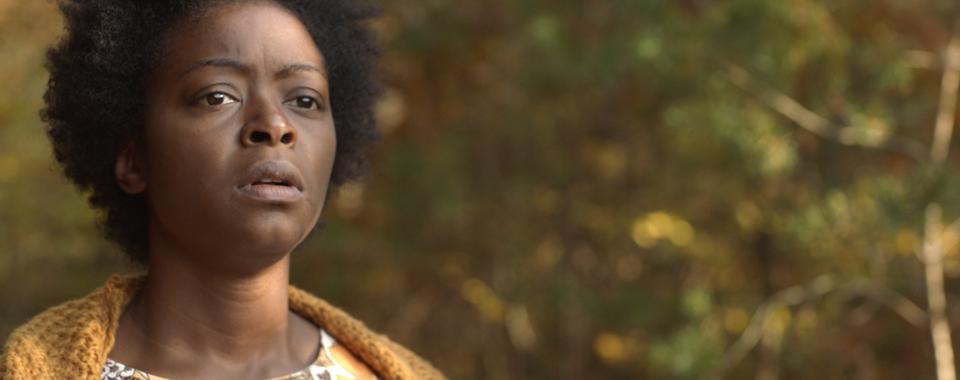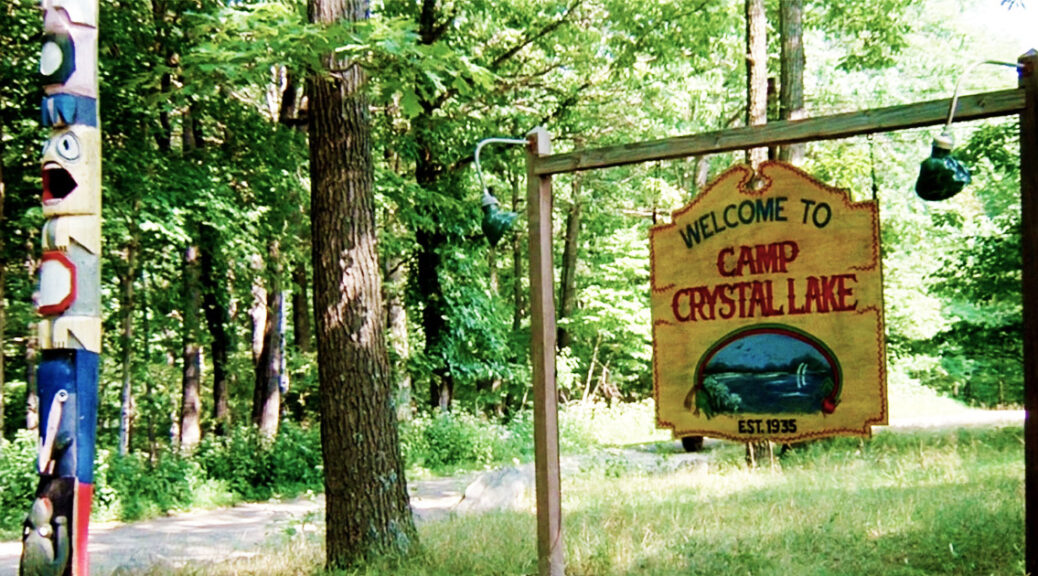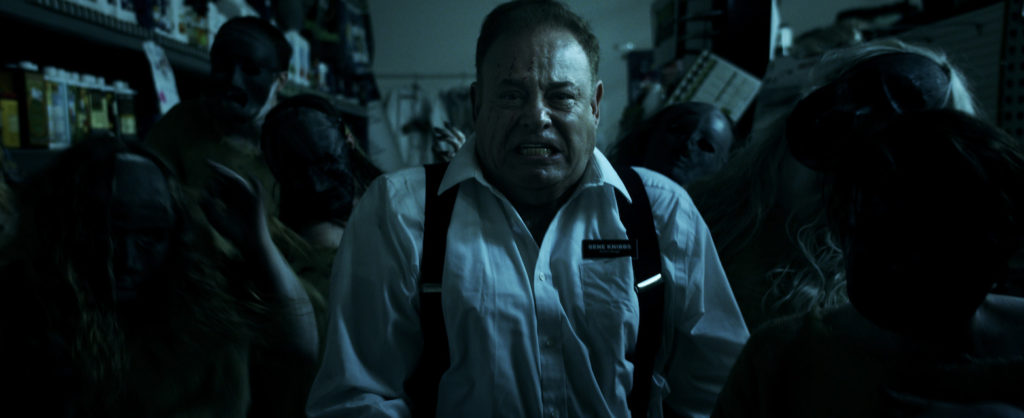Holy Spider
by Matt Weiner
A killer on the loose, inept authorities and simmering political protest come together in the taut, unflinching Holy Spider, the latest from writer/director Ali Abbasi (Border).
After a tense opening sequence, there’s little mystery who the killer is. Saeed, played to cipher-like perfection by Mehdi Bajestani, is a construction worker and family man by day who spends his nights strangling sex workers in the Iranian city of Masshad.
Rahimi (Zar Amiur-Ebrahimi, who took home Best Actress for the role at Cannes) is an out-of-town reporter chasing down the story—often propelling the authorities to even consider the killing spree an urgent matter. As her investigation quickly outpaces that of the police, she becomes determined to crack the case, even if it means becoming the next victim.
If that sounds like a dated setup for a serial killer movie, Abbasi quickly shifts focus. His film sits at the timely intersection of two issues. There’s the handling of the wildly popular true crime genre, undergoing its own interrogation for a focus on lurid storytelling and police narratives at the expense of real people. And then there are the protests and unrest in Iran, sparked by the death of a young woman by the Morality Police.
Holy Spider is based on the real-life Spider killer Saeed Hanaei, who murdered 16 sex workers in the city of Mashhad and was celebrated as doing God’s work by hardline factions after his arrest. And while Holy Spider was made before recent protests, it’s impossible to miss Abbasi’s indictment of how Iranian society at large treats women, especially the most marginalized among them.
It’s not subtle, but it makes for a powerful twist on the usual true crime narrative. Abbasi’s script resists depicting Saeed as a suave or supernatural monster. Saeed is merely an instrument, yes, but it’s not God’s work. It’s the authorities and even Saeed’s own neighbors who show so little care in catching a man who can barely be bothered to cover his tracks. It turns out, choosing victims deemed immoral by society is all he needs to do.
Rahimi’s overt line of questioning wins her no friends in the police department, and Rahimi herself is subject to the same harassment that has allowed Saeed to turn the holy city of Mashhad into a body dump. (There are echoes in Rahimi’s backstory to the actress Ebrahimi’s own past, now an exile living in Paris after an alleged sex tape scandal blew up her career in Iran. It’s an unusual meta-narrative, but there’s nothing gimmicky about Ebrahimi’s fierce, grounded turn.)
If you look up photos of the real Saeed, it’s uncanny how Abbasi is sure to capture his self-assured smile in the courtroom. But more than that, the filmmaker drives home how the real terror lies with Saeed’s certainty that this will all turn out okay in the end. How could it not, for someone just doing what’s expected of him?













